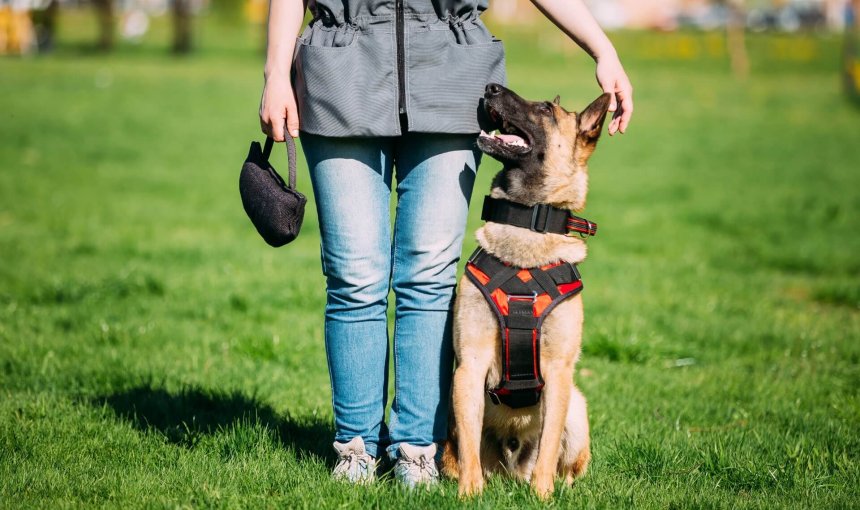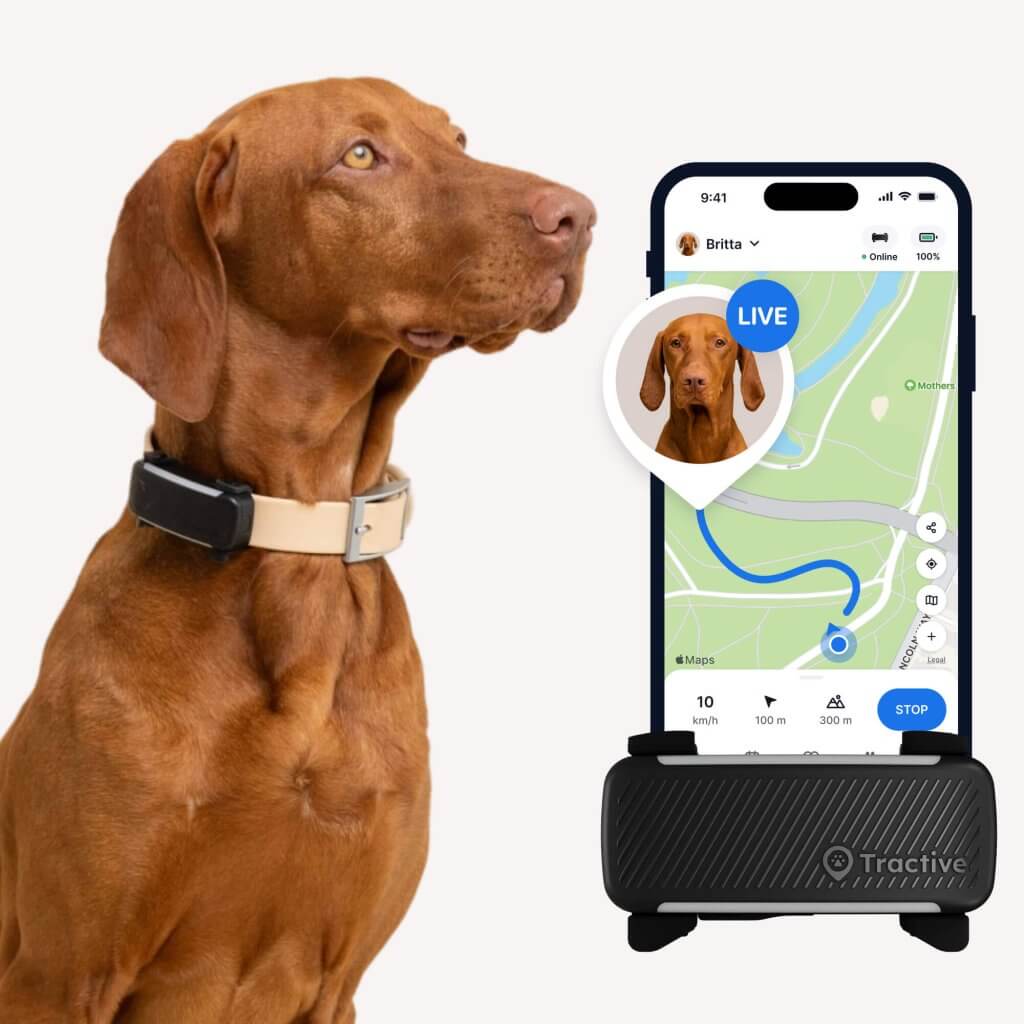Ditch the Shock: 7 Humane Alternatives to Dog Shock Collars
Shock and e-collars might be popular in some communities, but research shows that positive reinforcement training works better than punishment. Here are 7 alternatives to dog shock collar training to consider.

As pet parents, we all want our furry friends to be well-behaved, safe, and happy. But when it comes to training, using a shock collar—also known as an e-collar—isn’t the only way to teach your dog good manners. In fact, there are plenty of positive, humane, and effective alternatives that help build trust instead of fear.

Always know your buddy is healthy & safe
Read moreWhy say no to shock collars?
Shock collars may seem like a quick fix, but they come with significant downsides. They work by delivering an electric shock to deter unwanted behavior, which can lead to stress, anxiety, and even aggression in dogs. Studies show that punishment-based training methods can damage the bond between you and your pet, making training less effective in the long run. On the other hand, positive reinforcement training by reward based trainers has been shown to work better than shock collar training1.
So there are better ways to train your dog—methods that encourage learning, build confidence, and strengthen your relationship. Let’s explore some of the best alternatives to dog shock collar training.
1. Positive reinforcement training
Positive reinforcement is one of the most effective and humane training methods. Instead of punishing bad behavior, it focuses on rewarding good behavior with treats, praise, or play. For example, if your dog sits on command, reward them immediately. This encourages them to repeat the behavior because they associate it with something positive. Over time, your dog will naturally learn what’s expected of them without fear or stress.
2. Clicker training
Clicker training for dogs is a specific form of positive reinforcement that uses a small device that makes a clicking sound to mark desired behavior. The click is followed by a treat, teaching your dog to associate the sound with a reward. It’s a precise and effective way to communicate with your pup and reinforce good habits.
3. Vibration or tone collars
If you’re looking for a collar-based training aid, vibration or tone collars are a much gentler alternative to shock collars. These collars use a vibration or beep to get your dog’s attention, making them a great tool for training deaf dogs or reinforcing recall commands.
4. Harnesses and no-pull leashes
For dogs that pull on walks, a front-clip harness or no-pull leash can help redirect their movement without discomfort. Unlike prong or shock collars, which cause pain, these humane tools guide your dog in a way that feels natural and encourages better leash manners.
5. Professional training classes
Sometimes, the best way to help your dog learn is by working with a professional trainer. Look for trainers who use science-backed, force-free methods. A good trainer can provide personalized guidance and set both you and your dog up for success.
6. Mental and physical enrichment
A bored dog is more likely to develop unwanted behaviors. Providing plenty of mental and physical stimulation—through puzzle toys, training games, and regular exercise—can help prevent issues like excessive barking, chewing, or digging before they even start.
Read More:
- Dog Agility Training: How To Get Started (And Good)
- How to Keep Your Dog Mentally Active: 7 Fun Activities
7. GPS Dog Tracker
Training isn’t just about obedience—it’s also about safety. A GPS dog tracker like Tractive can give you peace of mind by letting you track your dog’s location in real time. If your pup has a habit of escaping, you can set up Virtual Fences and get instant alerts if they wander too far. Plus, with health monitoring features, you’ll know if their activity levels or sleep patterns change—helping you spot potential issues early.
The Bottom Line
Training should be about communication, not punishment. With positive reinforcement and the right tools, you can teach your dog good habits while keeping their tail wagging. Say goodbye to shock collars and hello to a happier, more confident pup!





